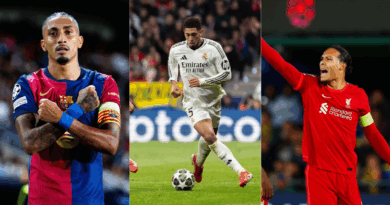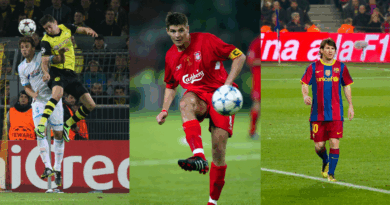FC Barcelona’s long road back to financial stability
A crisis years in the making
Barcelona’s financial troubles did not begin with Joan Laporta’s return to the presidency in 2021. They had been developing quietly for years in the background of sporting success.
From 2008 to 2019, Barcelona became one of the most recognizable global brands in football, but the club’s leadership also committed to a number of high-cost decisions:
- Annual wages swelling to industry-leading levels.
- Record transfer fees.
- A growing dependence on Camp Nou matchday revenue.
- Delays to the long-planned stadium renovation.
In normal times, the club’s global reach and nearly unmatched fan base allowed it to keep pace with its expenses. But the departure of Neymar in 2017 triggered a spending spree that, combined with poor strategic oversight, would eventually destabilize the club.
By the time Laporta took office, Barcelona’s audited gross debt had jumped to €1.35 billion, including over €590 million payable within one year. Their famous wage bill had reached levels so high that salaries consumed more than the club’s total operating income, something virtually unheard of in elite sport.
Read also: Could Lionel Messi make a shock return to Barcelona this January?
The breaking point arrived with the pandemic, when Camp Nou, normally a machine generating more than €150 million per season, fell silent for almost two years.
Transfers that reshaped the balance sheet
To understand how Barcelona plunged into such deep financial waters, it helps to revisit the transfers that defined this period.
The Coutinho gamble
The signing of Philippe Coutinho from Liverpool for a potential €160 million was meant to soften the blow of Neymar’s exit. Instead, it created new financial strain. Coutinho struggled to find a role in a team still built around Lionel Messi, and his wages and amortized transfer fee weighed heavily on the books for years.
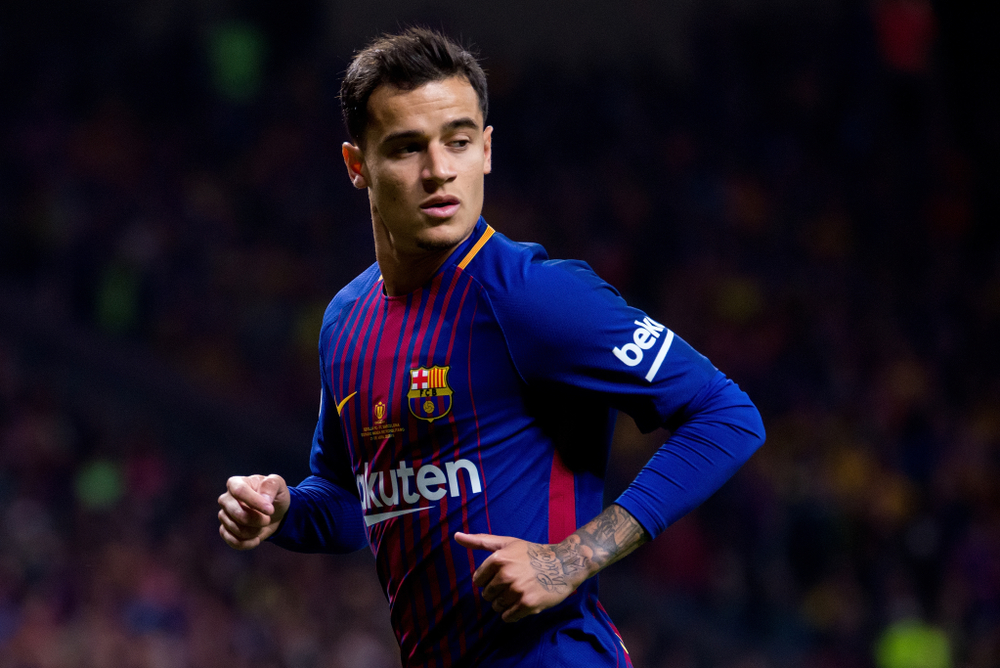
Dembélé and the “Neymar tax”
Ousmane Dembélé arrived for another inflated fee, eventually €148 million, after Borussia Dortmund realized Barcelona were desperate. Injuries limited his impact, and the club paid bonuses simply for him reaching appearance milestones or for basic team achievements, such as Champions League qualification.
Read also: Michael Jordan vs. NASCAR: The lawsuit that could rewrite the rules
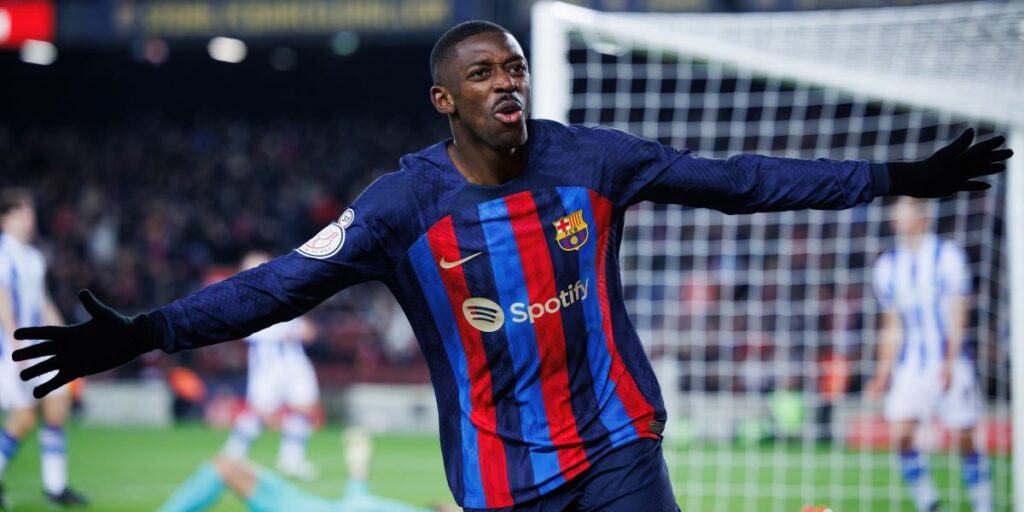
Griezmann’s complicated transfer
Antoine Griezmann’s €120 million move from Atlético Madrid added layers of legal tension and bonus commitments. Sporting returns never fully justified the cost, and like Coutinho, he struggled to fit into a Messi-centered system.
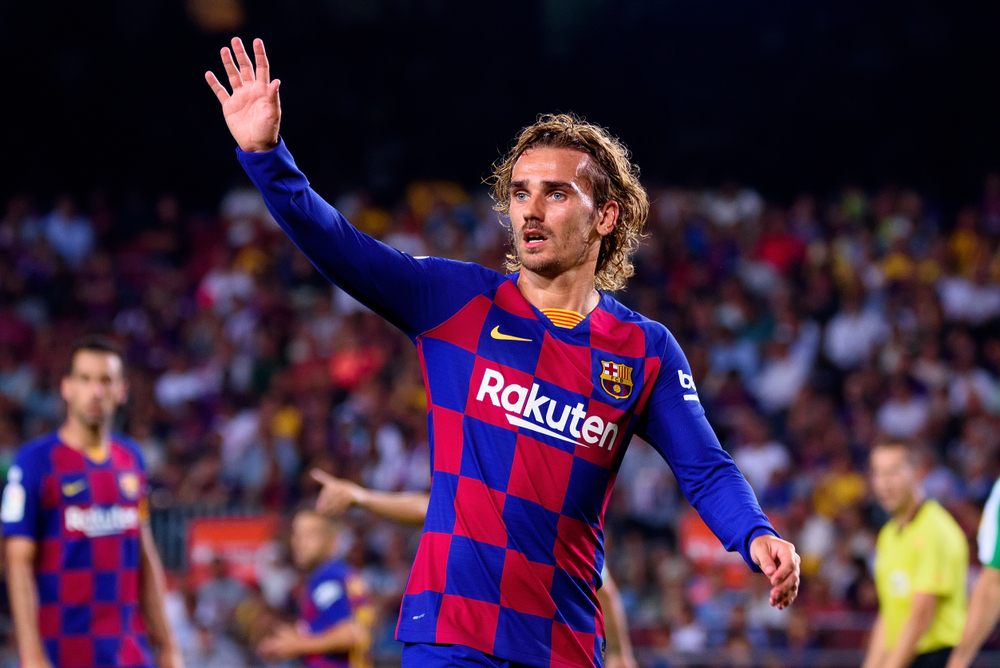
Messi’s unprecedented contract
Then there was the contract for the club’s greatest player. In 2021, El Mundo published the terms of Messi’s 2017 deal, showing a value of more than €555 million across four seasons. Messi’s commercial power was immense, but the contract raised the entire wage structure and became difficult to sustain once pandemic revenue losses hit.
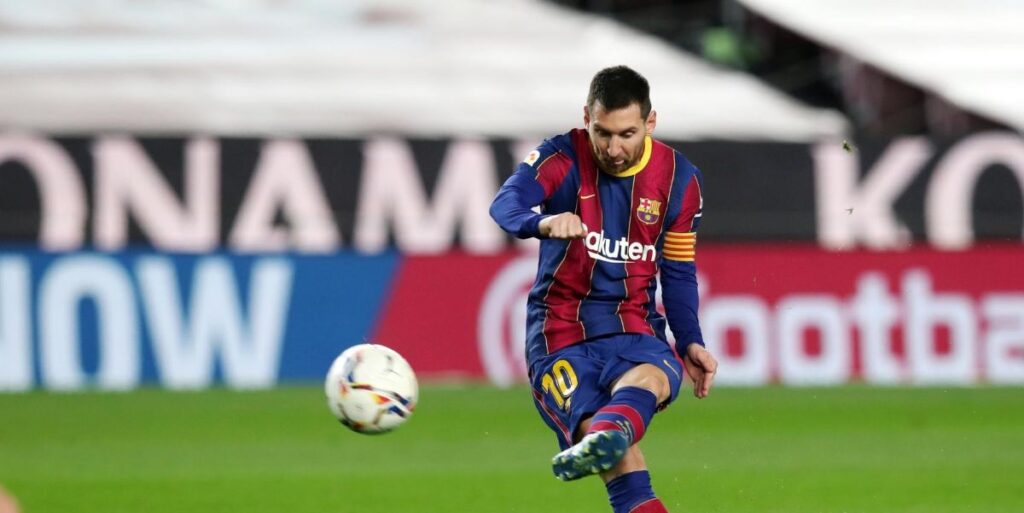
Covid-19 exposes structural weaknesses
Barcelona’s financial model depended heavily on stadium income, merchandising and tourism. When those disappeared, the club posted a €481 million loss in 2020/21. Even without the pandemic, Barcelona admitted it would still have recorded a massive loss due to inflationary wages and long-term liabilities.
Other problems surfaced:
Read also: Open to offers? Arsenal could let four players leave in January
- €389 million in deferred salaries owed to players,
- Pending legal disputes.
- Commitments for the yet-to-begin Espai Barça project,
- Pre-booked audiovisual income, reducing future revenue.
The club reported negative equity of €451 million, a position that would be catastrophic for any normal company.
Yet, as the original BarcaFutbol analysis by Dev Das emphasized, the club’s sheer earning potential meant that major lenders were still willing to extend credit, similar to how large corporations sustain high debt levels.
Laporta’s reset: loans, refinancing and a new strategy
Faced with immediate liquidity problems, Laporta’s board secured a €500 million loan from Goldman Sachs in mid-2021. Part of it, €100 million, was advanced immediately just to cover short-term obligations.
This was followed by:
Read also: Nicolas Jackson’s future uncertain as Bayern shift focus to young striker
- A €525 million refinancing structure approved by club members.
- Short-term bridge financing that ultimately reached €180 million.
- A monumental €1.45 billion financing package for the Espai Barça stadium renovation.
The stadium debt was structured not as a traditional bank loan, but as long-term securitised bonds. That meant the debt would be repaid through future stadium revenue, especially hospitality and premium seating, rather than day-to-day football operations.
A dramatic squad overhaul
While managing the financial crisis, Barcelona undertook one of the largest squad restructurings in modern football:
- Messi, Piqué, Busquets, Jordi Alba and Sergi Roberto all left.
- Dozens of youth and reserve players departed.
- Overall, more than 120 players exited the club across five seasons.
This was partly financial necessity, but also sporting strategy. Despite the high payroll, Barcelona had suffered repeated humiliations in Europe. The rebuild created the conditions for a younger, more modern squad, one that would still require significant investment.
The era of the “economic levers”
Barcelona could not register new signings under La Liga rules without increasing their income. With few traditional options available, the club executed four controversial “economic levers”, selling parts of its future revenue for immediate cash.
Read also: Harvey Barnes sits at a crossroad ahead of World Cup: England vs. Scotland
Selling 25% of TV rights
In two transactions with the American firm Sixth Street in 2022, Barcelona sold 25% of its La Liga TV revenues for 25 years, generating around €667 million. This dramatically improved the club’s short-term spending limit but commits them to paying Sixth Street roughly €41 million annually for decades.
Selling 49% of Barca Studios
Barcelona then sold parts of its digital media arm, renamed Barca Studios, to Socios.com and Orpheus Media, recording €200 million in income. Accounting rules allowed the club to revalue its remaining stake, creating a paper gain of more than €208 million.
Laporta defended the move publicly: “We made brave decisions and we saved the club from tragedy.”
These transactions transformed the club’s reported financial position for the 2022/23 season.
Sporting success returns, briefly stabilizing the mood
With the financial levers unlocked, Barcelona signed Robert Lewandowski, Raphinha and Jules Koundé. Over the next three seasons, the club won two La Liga titles (2023 and 2025) and reached the latter stages of the Champions League.
Sporting results mattered. Success attracted new sponsors, softened criticism, and reassured lenders that the club remained an elite football brand.
The failed third lever and a €141 million write-down
The Barca Studios deal quickly became problematic. Reporting from ESPN and Sportcal showed that Socios.com and Orpheus had initially paid only a small portion of what they owed, and further payments were repeatedly delayed.
A rescue agreement was announced with German firm Libero and investors linked to NIPA Capital. But ESPN later stated: “Libero, though, never fronted up the initial €40m payment, per sources.”
Meanwhile, an ambitious plan to take Barca Media public in a $1 billion SPAC merger collapsed. Law360 reported the deal had been formally abandoned by mid-2024.
Ultimately, American hospitality company Aramark stepped in to cover the unpaid €40 million stake, but the club still recorded €141 million in extraordinary losses tied to the project.
The result: a €91 million loss in 2023/24, despite a small €12 million operational profit.
A commercial rebound despite temporary exile
Playing at the Estadi Olímpic Lluís Companys, much smaller than Camp Nou, cost Barcelona an estimated €108 million per year in lost matchday revenue.
Yet commercial operations surged:
- Sponsorship exceeded €210 million,
- Barça Licensing & Merchandising reached nearly €110 million,
- A new €1.7 billion, 14-year partnership with Nike delivered a substantial signing bonus and long-term stability.
Global partners across technology, hospitality, entertainment and consumer sectors continued to invest in the club, illustrating the strength of the Barcelona brand even during financial upheaval.
A phased return to Camp Nou
Barcelona plans to reopen the partially completed Spotify Camp Nou on 10 August 2025, at around 60,000 seats. Full capacity—105,000 seats, with one of the largest hospitality networks in world sport, is expected in 2026.
Hospitality sales have already been strong:
- 3,700 premium seats sold,
- VVIP suites fully booked,
- €120 million annual hospitality revenue projected,
- Long-term forecasts of €350 million+ per year once operations stabilize.
Hosting the 2025 Gamper Trophy at the new venue is more than ceremonial. It enables the club to recognize €100 million in VIP revenue for La Liga’s financial controls, directly impacting their ability to register new signings.
A shifting credit picture
In June 2025, MorningStar DBRS revised Barcelona’s credit outlook to positive, citing improved financial discipline and the expected return to Camp Nou.
Around the same time, the club renegotiated €424 million in stadium-related obligations, pushing repayment to 2050 at a rate of 5.19%. This reduces short-term pressure but increases long-term cost, a common trade-off in major infrastructure financing.
The wage bill has fallen from €670 million to around €500 million, still high by European standards but aligned with La Liga rules.
Important years ahead
Barcelona remains a global giant, but also a club carrying more than €2 billion in liabilities, most tied to its stadium project. The next era will depend on four revenue pillars:
- Stadium operations
- Merchandising and retail
- Sponsorship and corporate partnerships
- Broadcast and media income
The club’s internal projections suggest that once Camp Nou returns to full capacity and annual revenue rises above €1 billion, Barcelona could again operate under the flexible 1:1 financial rule used by La Liga.
But risks remain:
- Missing the Champions League knockout stages
- Stadium delays
- A downturn in global sponsorship spending
- Rising player salaries
- A drop in merchandise sales
- Or another global disruption similar to Covid-19
The choices made since 2021 have set Barcelona on a recovery path, but a fragile one. The club is no longer in free fall, nor fully stable, it is navigating the narrow space in between, betting that the rebuilt Camp Nou will eventually pay for the mistakes of the past.


